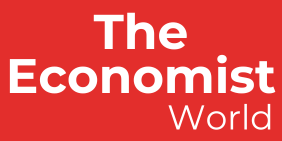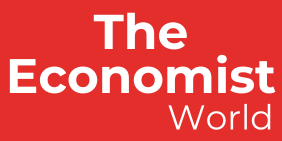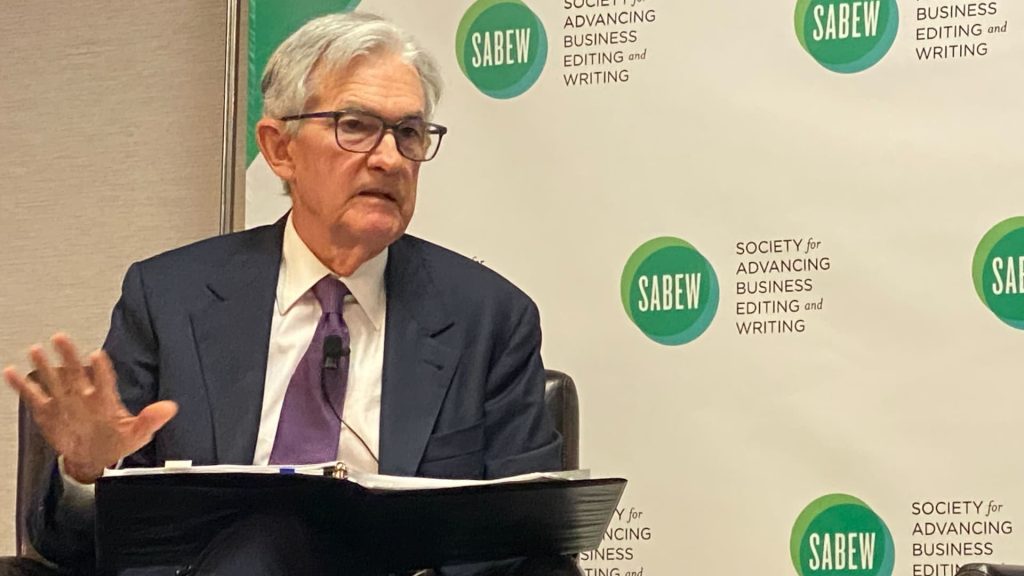U.S. Federal Reserve Chair Jerome Powell speaks at SABEW on April 4, 2025.
Kelli Grant | CNBC
These days, experts and analysts hang on every signal from Federal Reserve Chair Jerome Powell, right down to the color of his necktie.
In response to a question about his chosen apparel on Friday before business journalists in Arlington, Va., Powell said, “I definitely wear purple ties all the time.”
Initially the Fed chair said he simply preferred the shade, but then elaborated that “it felt a little awkward to be wearing one that was identified” — referring to the political symbolism of red or blue ties, which are often associated with Republican or Democratic parties, respectively.
“We [at the Federal Reserve] are strictly non-political,” Powell said during the question-and-answer session following his prepared remarks at the Society for Advancing Business Editing and Writing conference. “I can’t stress that enough.”
“It’s not that we are bipartisan, we are non-political — we don’t do that and so purple is a good color for that, that’s all. Plus I like purple ties.”
More from Personal Finance:
As recession risk jumps, financial pros share their advice
Tariffs are ‘lose-lose’ for U.S. jobs and industry
Why uncertainty makes the stock market go haywire
The Federal Reserve has always operated autonomously from the White House. As an independent agency, the central bank governs decisions about monetary policy without interference from the president or any branch of government. Therefore, it is theoretically free from political pressure.
And yet, Fed board members are nominated by the president and must be approved by the Senate. President Donald Trump nominated Powell to head the nation’s central bank in 2018, but he has a contentious history with the Fed chief ever since.
The battle over monetary policy heats up
On the campaign trail, Trump said the president should “at least have a say” in Federal Reserve decision-making. Last week, Trump called for lower interest rates, even as his sweeping tariff policy battered markets and raised fears of a rebound in inflation.
“This would be a PERFECT time for Fed Chairman Jerome Powell to cut Interest Rates. He is always ‘late,’ but he could now change his image, and quickly,” Trump said in a post on Truth Social. “Energy prices are down, Interest Rates are down, Inflation is down, even Eggs are down 69%, and Jobs are UP, all within two months – A BIG WIN for America. CUT INTEREST RATES, JEROME, AND STOP PLAYING POLITICS!”

However, the central bank has also said that new trade policies are a barrier to cutting rates.
The Fed left its benchmark unchanged in recent meetings, in part because the new tariffs could lead to a widespread rise in prices that complicate the inflation picture, at least temporarily.
“Looking ahead, higher tariffs will be working their way through our economy and are likely to raise inflation in coming quarters,” Powell said Friday. “We are well positioned to wait for greater clarity before considering any adjustments to our policy stance.”
The central bank is “trying to juggle the opposing forces of a potentially flatlining economy and rising prices,” according to Bankrate’s senior economic analyst Mark Hamrick. “The Federal Reserve has a tough job under the best of circumstances and an unenviable one during difficult times,” he said.
“There’s greater pressure on Powell,” said Brett House, economics professor at Columbia Business School. But, “paradoxically, the easier that makes it for the Fed to maintain its independence and the more straightforward it is for them to remain true to their mandate.”
Through the Federal Reserve Act, the legislative and executive branches of the government set the mandate of the Fed to promote maximum employment, keep prices stable and ensure moderate long-term interest rates, House explained.
Trump said in December that he does not intend to fire Powell. The Fed chair said Friday that he “fully expects to serve all of my term,” which will conclude in 2026.
Subscribe to CNBC on YouTube.


